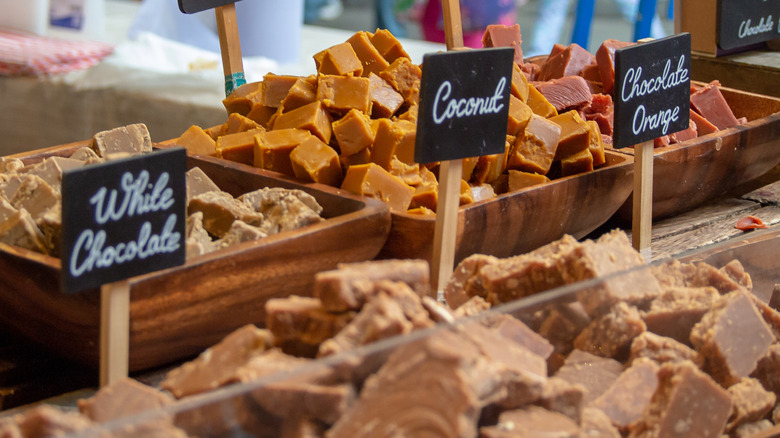The Secret History of Mackinac Island's Famous Fudge

A Sweet Legacy on Mackinac Island
Mackinac Island in Michigan is known for its picturesque downtown, clear blue waterways, and charming horse-drawn carriages. However, it's also famous for something that might surprise many: its world-renowned fudge. The island has earned the title of "fudge capital of the world" due to its long-standing tradition of crafting this beloved confection.
Despite being a small island with a population of just 500 people, Mackinac Island has managed to turn fudge into a major tourist attraction. Over the past century, the production of fudge has become a key industry, generating millions of dollars in revenue. Today, more than a dozen fudge shops line the main street, offering a variety of flavors and sweet treats to visitors who can't resist the tempting aromas of vanilla and chocolate wafting through the air.
The Origins of Fudge on Mackinac Island
The story of fudge on Mackinac Island dates back to the Victorian era, when the Murdick family played a crucial role in establishing the island as a hub for fudge production. Their pioneering efforts helped transform fudge from a simple dessert into a thriving tourist draw. Today, modern fudge makers continue the tradition set by the original Murdick's shop in the 1880s, showcasing their skills with dramatic displays that attract onlookers.
Visitors can watch as fudge is mixed, boiled, and shaped on large antique marble slabs. The process involves paddling, shaping, and slicing the fudgy mixture into delicious, gooey squares that are sure to satisfy any sweet tooth.
A Rich Culinary History
The island’s reputation as a master of old-school Midwestern desserts is well-deserved. During peak season, Mackinac Island produces over 10,000 pounds of fudge daily, offering a wide range of options from classic flavors to more innovative choices like peanut butter or butter pecan.
However, the emergence of fudge as a regional specialty wasn’t an isolated event. It was influenced by various cultural and culinary traditions. Many modern American food traditions can trace their roots back to Native American influences, and this is no different for Mackinac Island. Before fudge became a staple, the island was known for maple syrup candy, which was made using local syrup harvested by members of the Anishinaabek tribes (including the Odawa, Ojibway, and Potawatomi).
European settlers later arrived in the area, and the island continued to develop its candy business. While maple syrup candy was the initial attraction, fudge soon became a favorite. The first fudge shop opened in the 1880s, not long after the dessert was invented—albeit by accident. The rich, chewy chocolate squares quickly gained popularity among Victorian-era vacationers, and the rest is history.
The Evolution of a Sweet Tradition
Over time, fudge has evolved into a symbol of Mackinac Island’s unique identity. What started as a simple treat has grown into a cultural phenomenon that draws visitors from around the world. The combination of historical significance, traditional craftsmanship, and the island’s natural beauty makes Mackinac Island a must-visit destination for anyone with a love for sweets.
Whether you're a fan of classic chocolate fudge or looking for something more adventurous, there's something for everyone on Mackinac Island. From the hands-on experience of watching fudge being made to the satisfaction of taking home a box of locally crafted treats, the island offers a truly unforgettable taste of Midwestern heritage.
Post a Comment for "The Secret History of Mackinac Island's Famous Fudge"
Post a Comment